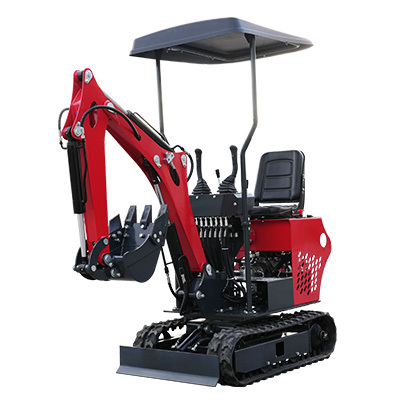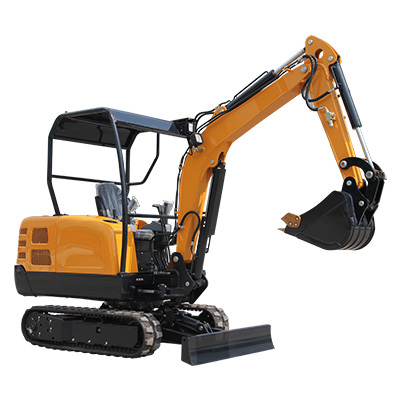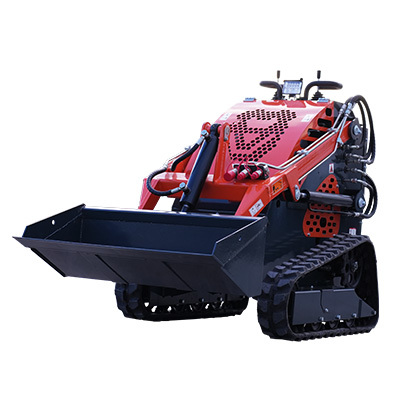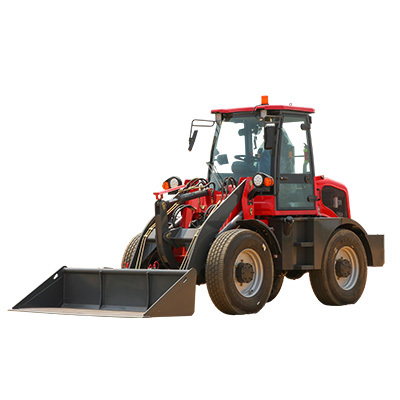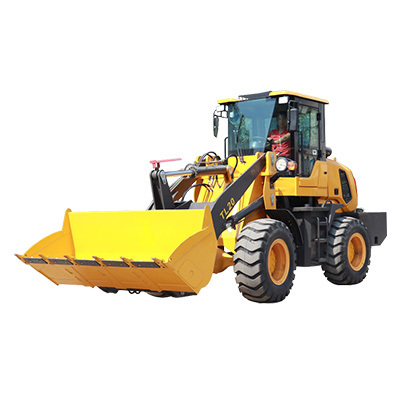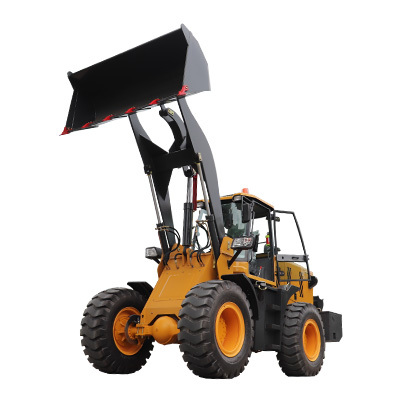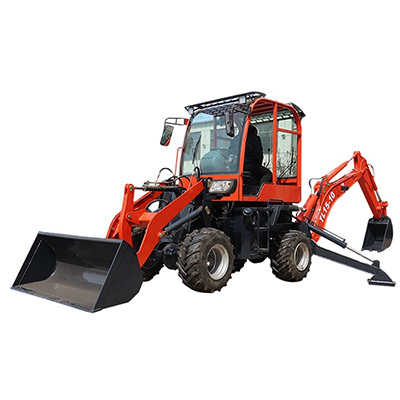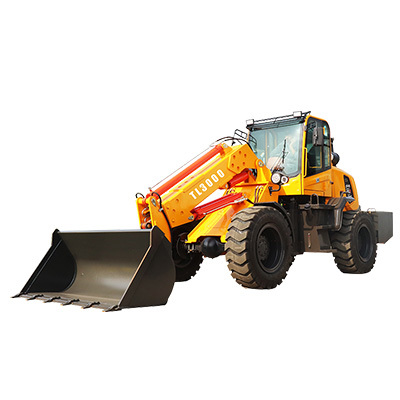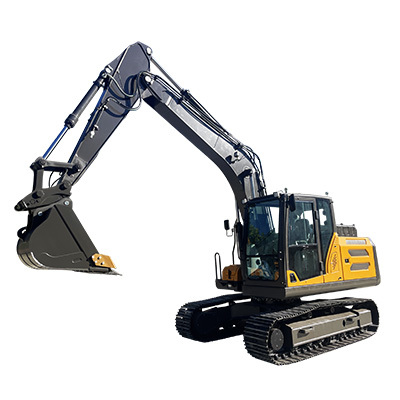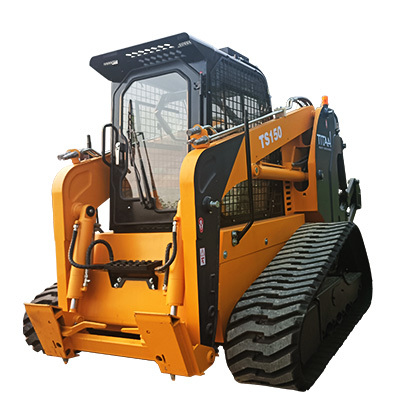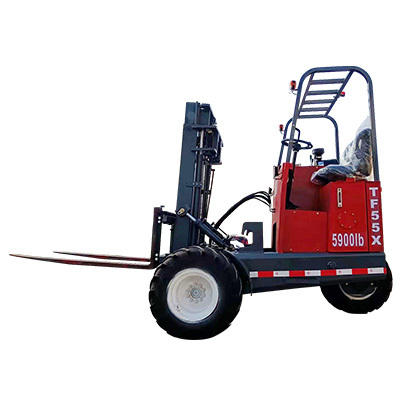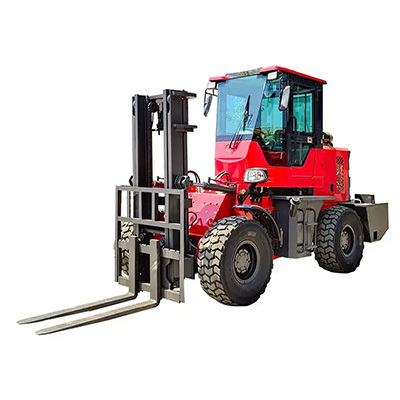Top Features to Consider When Choosing a Piggyback Forklift
Release time:
2025-06-26
Summary
Top Features to Consider When Choosing a Piggyback Forklift
Table of Contents
Introduction to Piggyback Forklifts
What is a Piggyback Forklift?
Benefits of Using Piggyback Forklifts
Key Features to Look For in a Piggyback Forklift
1. Lifting Capacity
2. Maneuverability
3. Fuel Efficiency
4. Safety Features
5. Durability and Build
Top Features to Consider When Choosing a Piggyback Forklift
Table of Contents
- Introduction to Piggyback Forklifts
- What is a Piggyback Forklift?
- Benefits of Using Piggyback Forklifts
- Key Features to Look For in a Piggyback Forklift
- 1. Lifting Capacity
- 2. Maneuverability
- 3. Fuel Efficiency
- 4. Safety Features
- 5. Durability and Build Quality
- 6. Operator Comfort
- 7. Ease of Maintenance
- 8. Technology Integration
- Maintenance Tips for Piggyback Forklifts
- Conclusion
- FAQs
Introduction to Piggyback Forklifts
Piggyback forklifts are specialized lifting machines designed to enhance material handling efficiency in various industries, including transportation and warehousing. These forklifts are uniquely equipped to transport pallets and other materials while also being pulled behind trucks, thus providing versatility in logistics operations. With an increasing demand for efficient loading and unloading solutions, understanding the key features of piggyback forklifts can significantly impact your operational success.
What is a Piggyback Forklift?
A piggyback forklift is a type of lift truck that is built to be mounted on the back of a truck or trailer. This design allows for easy transport of goods to and from sites without requiring a separate vehicle for the forklift. Typically, these forklifts have a compact design, enabling them to navigate tight spaces efficiently. They are particularly beneficial for operations that involve frequent loading and unloading at various locations.
Benefits of Using Piggyback Forklifts
Investing in a piggyback forklift offers numerous advantages. For starters, they reduce transportation costs by eliminating the need for additional vehicles. Moreover, they enhance productivity by allowing operators to complete loading and unloading tasks quickly and efficiently. Additionally, their versatility makes them ideal for various applications, from construction sites to warehouse operations.
Key Features to Look For in a Piggyback Forklift
When selecting a piggyback forklift, certain features can significantly enhance your operations. Below are the top features to consider:
1. Lifting Capacity
The lifting capacity of a piggyback forklift is crucial, as it determines the maximum weight it can lift and transport. Most piggyback forklifts have a lifting capacity ranging from 3,000 to 5,000 pounds. It is essential to assess your typical load weight requirements and choose a forklift that can handle those demands comfortably. Overloading a forklift can lead to accidents and reduced lifespan of the equipment.
2. Maneuverability
Maneuverability is another critical feature to evaluate. Piggyback forklifts should have a compact design, allowing them to navigate narrow aisles and tight spaces effectively. Features such as a tight turning radius and responsive steering can greatly enhance maneuverability, making it easier for operators to load and unload materials in confined areas.
3. Fuel Efficiency
In today's competitive market, fuel efficiency is a significant consideration. Many modern piggyback forklifts are equipped with advanced engine technology that optimizes fuel consumption. Choosing a fuel-efficient model can result in substantial cost savings over time while minimizing your carbon footprint.
4. Safety Features
Safety should always be a top priority when selecting a piggyback forklift. Look for models that come with essential safety features such as stability controls, automatic braking systems, and operator presence sensors. These features help prevent accidents and ensure a safer working environment, protecting both operators and the goods being handled.
5. Durability and Build Quality
Durability is a vital element of any forklift. A well-built piggyback forklift should withstand the rigors of daily operations without compromising performance. Choose models constructed from high-quality materials, designed to endure harsh working conditions. A durable forklift will not only reduce maintenance costs but also enhance overall productivity.
6. Operator Comfort
An often-overlooked aspect of piggyback forklifts is operator comfort. Ergonomically designed seats, adjustable steering columns, and intuitive controls can significantly improve the operator's experience. A comfortable operator is likely to be more productive and make fewer mistakes, leading to a safer work environment.
7. Ease of Maintenance
Routine maintenance is crucial for the longevity and performance of any forklift. Look for piggyback forklifts designed with accessibility in mind, making it easier for technicians to perform service and repairs. Models that include features like easily accessible components, integrated diagnostic systems, and clear maintenance schedules can save both time and money.
8. Technology Integration
With the advancement of technology in material handling equipment, many piggyback forklifts now include integrated technology solutions. Features like GPS tracking, telematics, and advanced control systems can enhance productivity and efficiency. Technology integration allows companies to monitor performance metrics, manage fleet operations more effectively, and optimize logistics processes.
Maintenance Tips for Piggyback Forklifts
To ensure the longevity of your piggyback forklift, regular maintenance is essential. Here are some practical tips:
- **Establish a maintenance schedule**: Routine checks and servicing can help identify potential issues before they become major problems.
- **Check fluid levels**: Regularly inspect hydraulic fluids, engine oil, and coolant to ensure optimal performance.
- **Inspect tires**: Ensure that tires are in good condition and properly inflated to maintain stability and control.
- **Clean the forklift**: Keeping the forklift clean not only improves its appearance but also prevents dirt and debris from affecting its performance.
- **Monitor battery health**: For electric models, regular battery checks are essential to ensure reliable operation.
Conclusion
Choosing the right piggyback forklift is a crucial decision for businesses involved in transportation and warehousing. By focusing on key features such as lifting capacity, maneuverability, fuel efficiency, and safety options, you can select the most suitable forklift for your needs. Keeping in mind maintenance practices will help extend the lifespan of your equipment, maximizing your investment. With the right piggyback forklift, you will not only enhance your operational efficiency but also ensure a safer and more productive working environment.
FAQs
1. What is the average cost of a piggyback forklift?
The cost of a piggyback forklift can vary significantly based on features, brand, and specifications. On average, prices range from $30,000 to $70,000.
2. How do I determine the right lifting capacity for my needs?
Consider the weight of the materials you typically handle and choose a forklift that exceeds that weight to ensure safe and efficient lifting.
3. Are piggyback forklifts suitable for outdoor use?
Yes, many piggyback forklifts are designed for outdoor use, but make sure to verify the specifications and choose a model that can handle the outdoor terrain and conditions.
4. What maintenance tasks should I perform regularly?
Regular tasks include checking fluid levels, inspecting tires, cleaning the forklift, and monitoring battery health for electric models.
5. Can piggyback forklifts be customized with accessories?
Yes, many models can be customized with various attachments and accessories to enhance their functionality, such as extended forks or specialized pallets.
Previous:
More News
Compact Construction Equipment
2025-06-26

